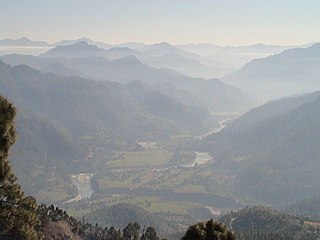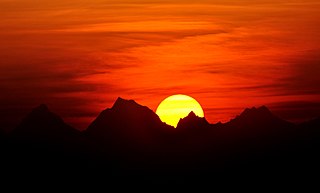Villages in Gewad
Jaurasi, Jala, Fadika, Jaintha Malla, Jaintha Talla, Surna Rekhadi, Surna Gopalgaon, Surna Bagwalikhet, Taya Surna, Chhani, Dang, Bheltgaon, Khatyadi Malli, Khatyadi Buchali, Khatayadi Talli, Kaurali, Selipatali, Chamadgaon, Sartoli, Timilkhaal, Tanhla, Basauli, Aadigram Kanodiya, Aadigram Fulieriya, Malsakhet, Sukhalon, kotida, Seemar, Seema, Sumanteshwar, Rugdhayee, Bakhali, Aadigram Bangari, Mausibau Bakhali, Bohragaon, Sunoli, Kaugad, Kushgaon, haat, Agarmanral, Pasauli, Mainpuri, Basnal Gaon, Satigaon, vaidigaw, kawerali palli, kawerali walli, Malsakhet, Lamkasuon, Sisodiya, Patharkhadi, Kakrakhat, Jayrambakhal, Jhayn Karchuli, Udalikhan, Parthola, Muskhan, Rotapani, Bangari Gaon, kwaripigaon, Mohan, Kaudhar, Sangaon, Maniya Dhahi, Jhlyakhat, Viramdyo, Aammadali etc.
Villages in Chaukot
Jaurasi, Kunakhaal, Kaligad, Gwalbeena, Malla Kafaltana, Talla Kafaltana, Malla Saugada, Talla Saugada, Gwakheel, Malla Ghanyal, Tall Ghanyal, Bichala Ghanyal, Ghaniyal Palla, Mangru, Bagotiyachhana, Mahgyari, Kaljheepa Joshi, Kahadgaon, Tamadhon, Joshi Pachruwa, Agari Pachruwa, Bachuli Seema, Jithani Katta, Basiseema, Motatimila, selipatali, Kanarikhil, Mohali, Sunoli, Titari, Gurana, Dhauliyagajar, Lambseemar, Kelani, Bakhali, Chauna, Sanarbheeda, Upradi, Jaikhal, Sabolichhana, Sanskhet, Kulseera, Futikuhan etc.




















